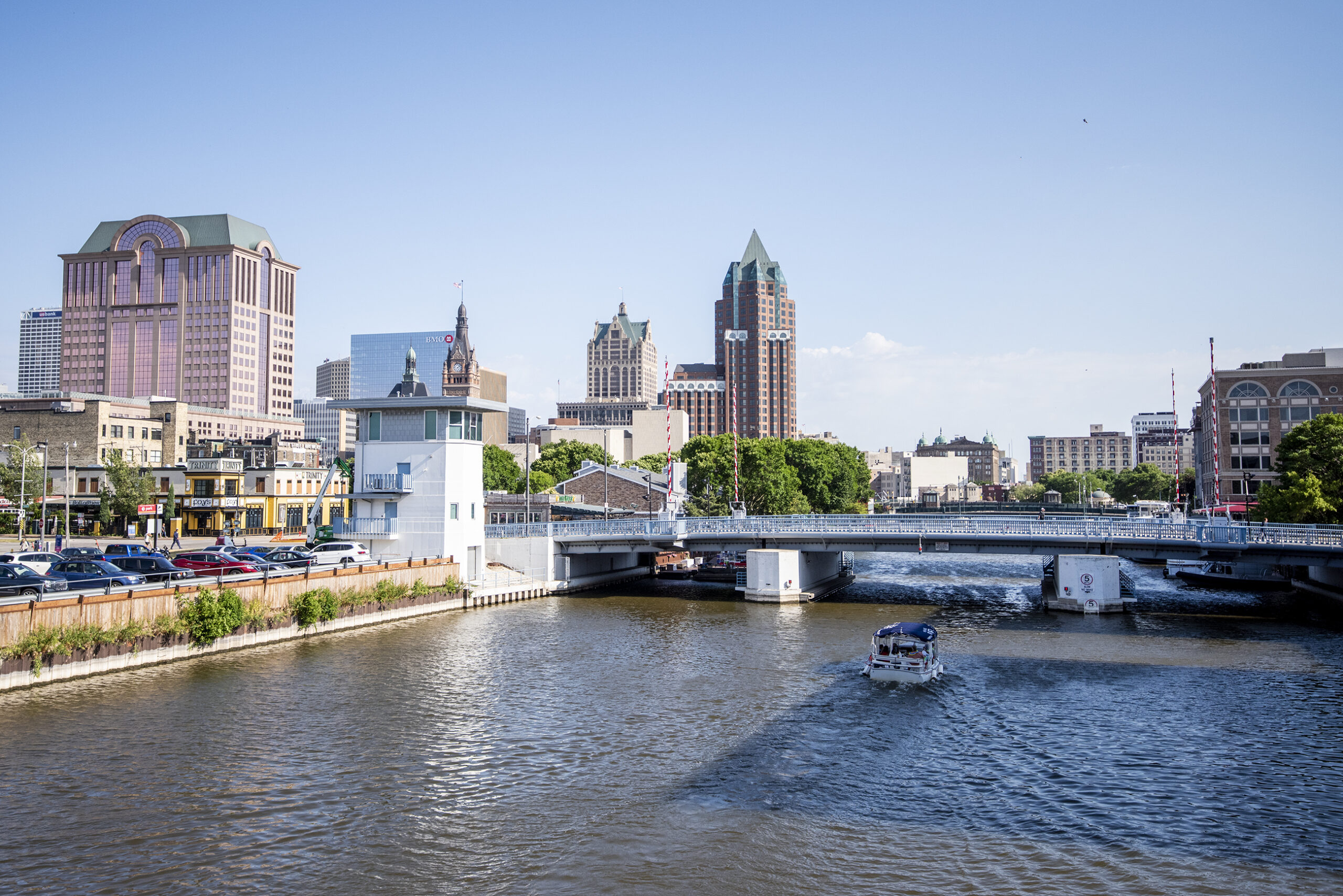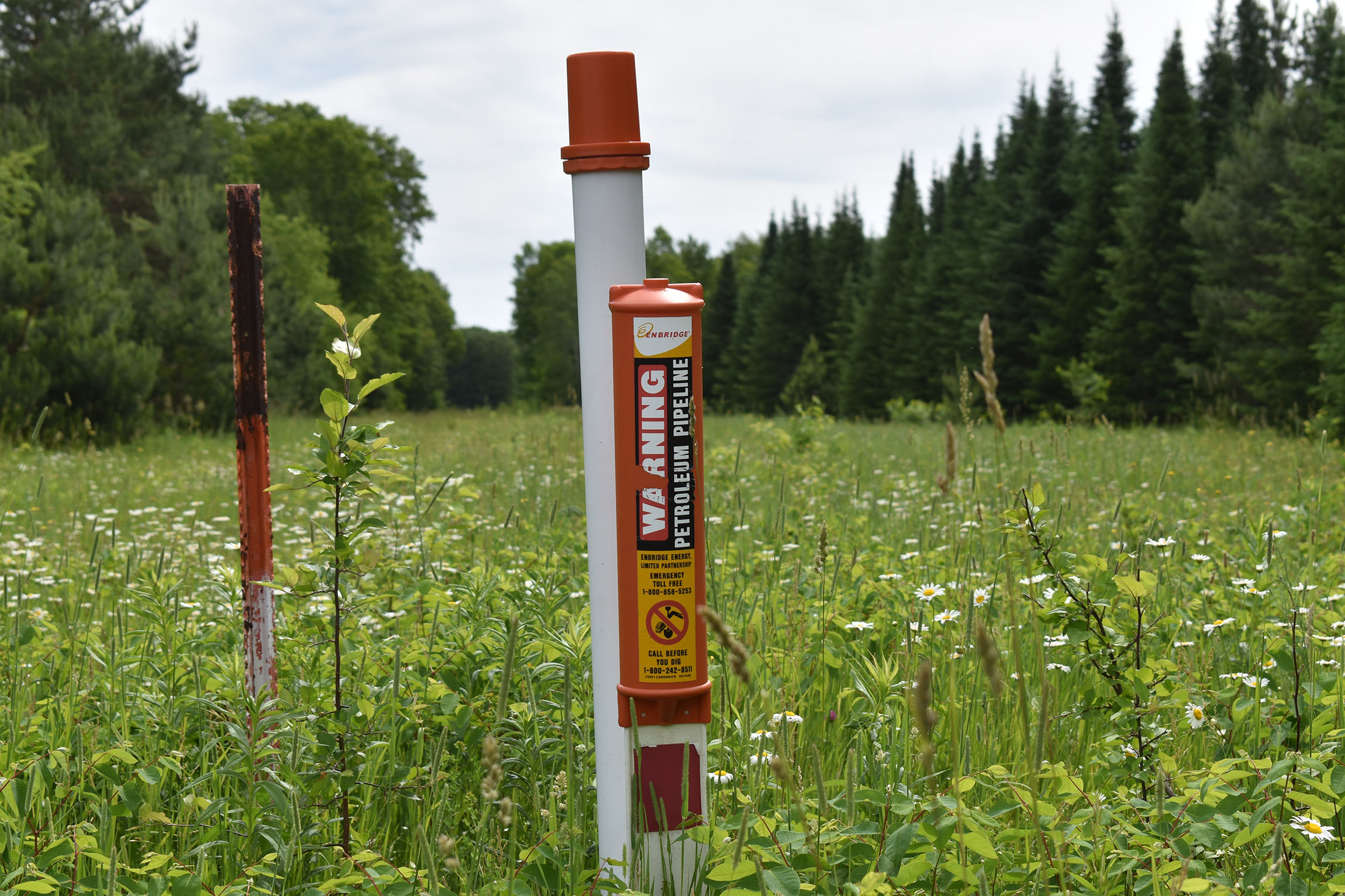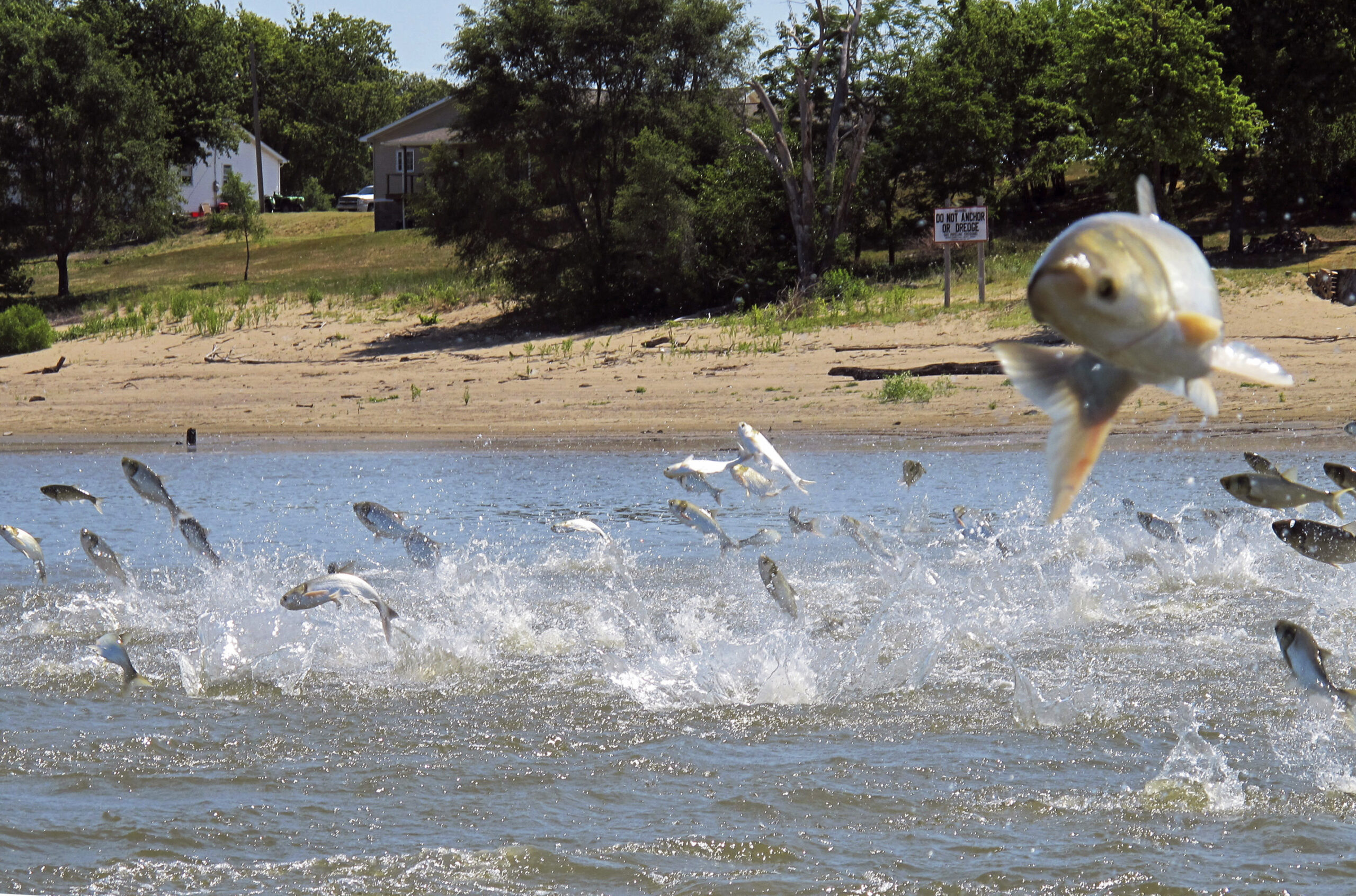The largest project ever funded under a Great Lakes cleanup program will remove contaminated sediments from a polluted hotspot in Milwaukee.
The federal Environmental Protection Agency announced a roughly $450 million effort on Thursday to remove almost 2 million cubic yards of contaminated sediments within the Milwaukee Estuary. That’s the equivalent of 610 Olympic-sized swimming pools of contaminated sediments that will be dredged from the Milwaukee Harbor and three rivers in the surrounding area, according to the EPA.
The agency is working with five partners on the project, including the Wisconsin Department of Natural Resources, Milwaukee Metropolitan Sewerage District, We Energies, the city of Milwaukee and Milwaukee County Parks.
News with a little more humanity
WPR’s “Wisconsin Today” newsletter keeps you connected to the state you love without feeling overwhelmed. No paywall. No agenda. No corporate filter.
The site is one of 43 areas on the lakes that were designated as “Areas of Concern” by the U.S. and Canada in 1987. Five sites were originally listed in Wisconsin. So far only one, the Lower Menominee River, has been restored.
EPA Administrator Michael S. Regan announced the cleanup effort along with Democratic U.S. Sen. Tammy Baldwin and local officials at Discovery World in Milwaukee. Regan said areas across the lakes, including Milwaukee, have been polluted for years due to historical contamination from industry.
“Many of the neighborhoods surrounding these areas and the people who live in them, often low-income communities or communities of color, have been left behind and bore a disproportionate impact,” Regan said. “The Milwaukee Estuary has long been identified as one of the most polluted areas in the country.”
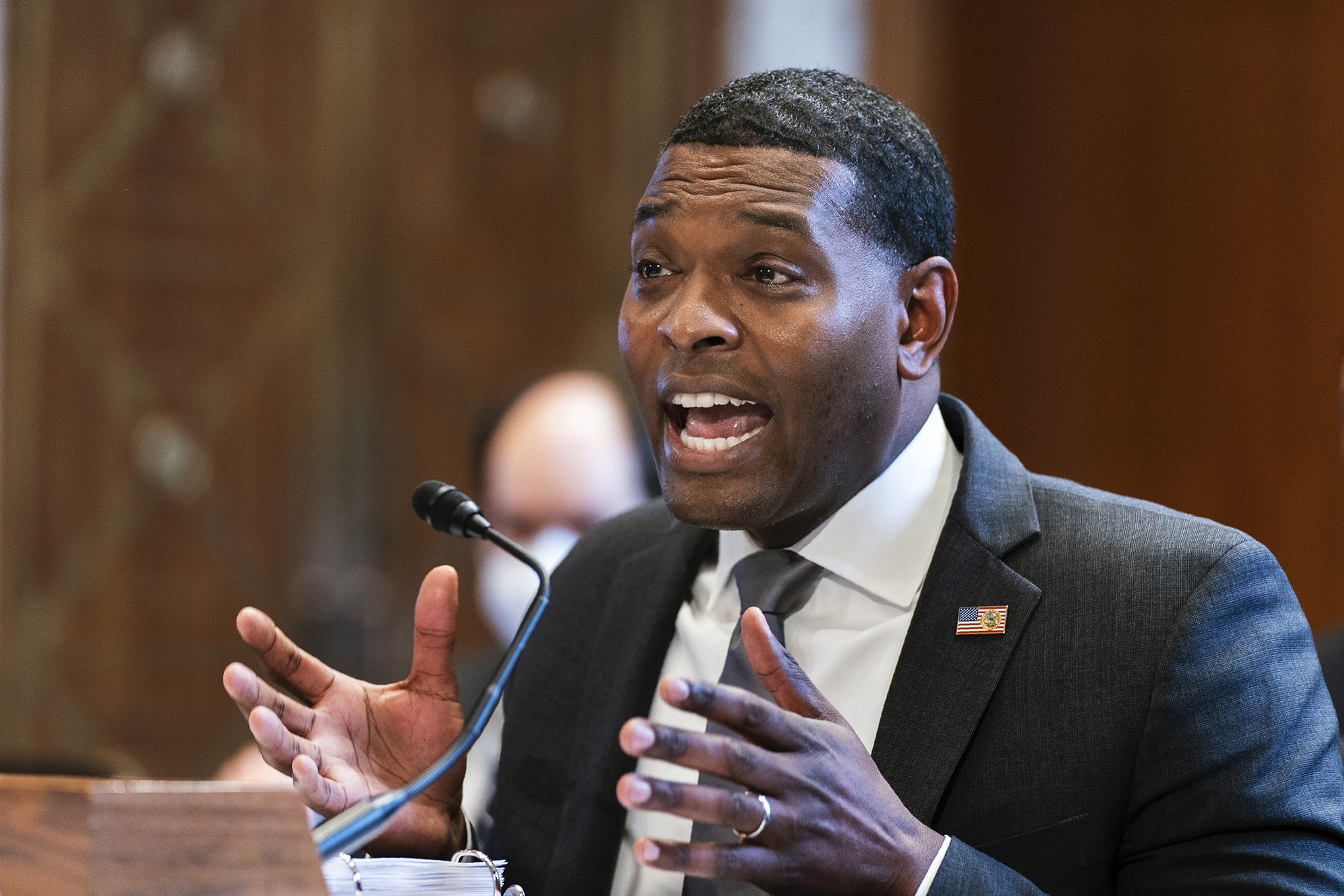
The $450 million project will finish work to clean up sediments contaminated with polychlorinated biphenyls, or PCBs, petroleum compounds and heavy metals like mercury and lead. Dredging is expected to begin in 2026 and take several years to complete. Milwaukee Mayor Cavalier Johnson said area rivers and the harbor have suffered from misuse or neglect.
“It impairs our ability to fully enjoy our waterways here in Milwaukee,” Johnson said.
The project combines around $170 million from state and local partners with $275 million from the Great Lakes Restoration Initiative provided under the bipartisan infrastructure law. Last year, President Joe Biden announced a $1 billion boost to the program to accelerate cleanup at polluted sites. Federal regulators aim to wrap up work on all but three of 25 remaining hotspots in the U.S. by 2030.
“The Great Lakes Restoration Initiative has been transformational in our fight to protect and restore our greatest freshwater resources,” Baldwin said. “This is a result of the many hardworking Wisconsin partners of the program that are ensuring that the fish are safe to eat, our water is safe for recreation and drinking, and so much more.”
The Great Lakes Restoration Initiative has received bipartisan support in Congress, which authorized its funding to grow from $300 million to $475 million each year by 2026. Baldwin noted the Great Lakes provide drinking water to 40 million people and serves as an economic engine for the region. One 2020 analysis found the lakes support more than 1.3 million jobs that generate $82 billion in wages each year.
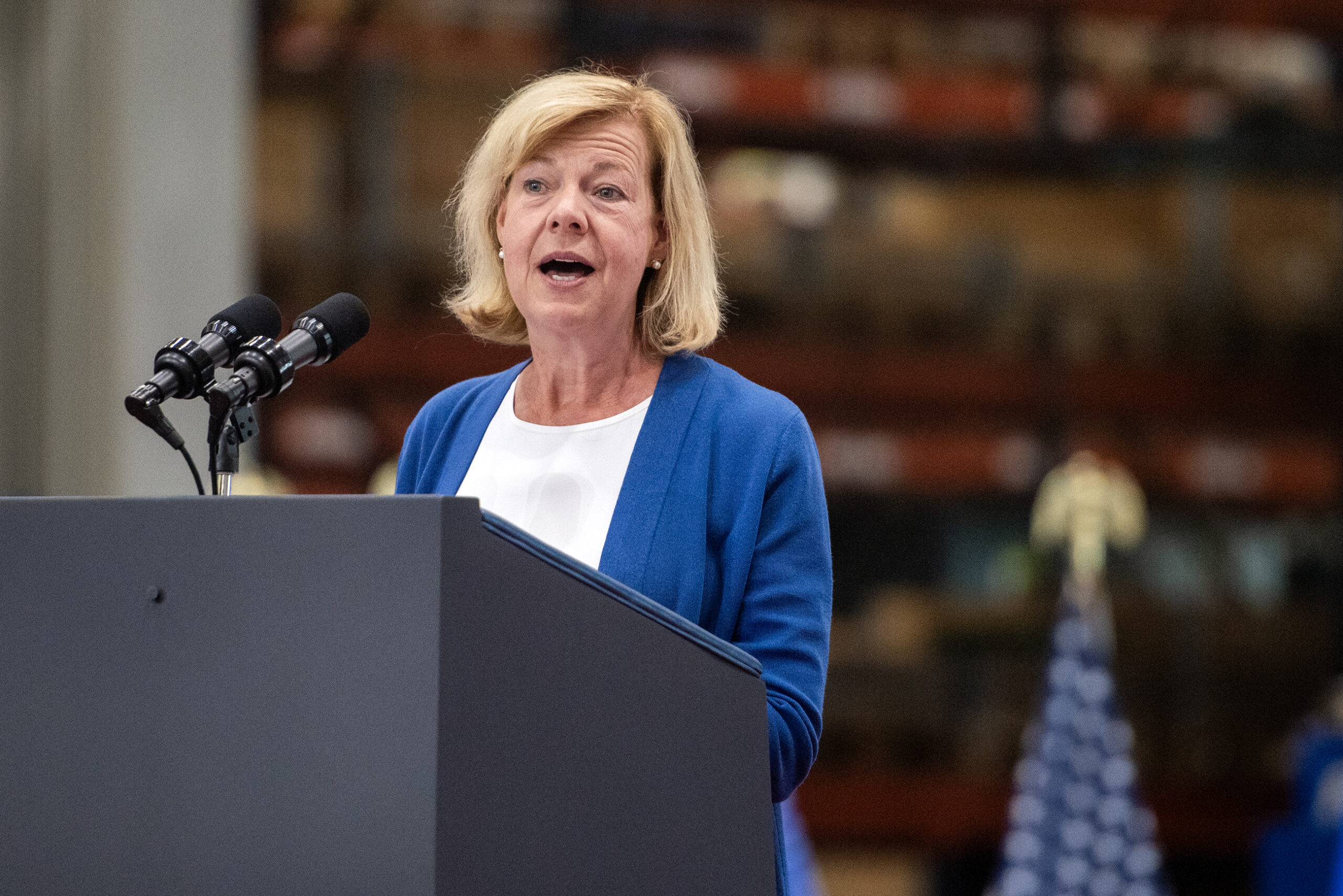
‘Once in a generation’ opportunity
Established in 2010, the Great Lakes cleanup program has leveraged more than $3.6 billion for thousands of restoration projects. Wisconsin had received more than $650 million through the program as of earlier this year, including tens of millions for cleanup of the Milwaukee and Kinnickinnic Rivers within the estuary.
“Every Wisconsinite deserves access to safe, clean drinking water, but for far too long communities that surround the Milwaukee Estuary have been impacted by water pollutants and dangerous contaminants,” said Gov. Tony Evers in a statement.
EPA leaders called the project a “once in a generation” opportunity to address pollution that’s existed for more than 150 years.
The Milwaukee Estuary Area of Concern includes part of the Milwaukee, Menomonee and Kinnickinnic Rivers. Over time, industrial pollution left behind a myriad of impacts, including toxic chemicals in sediment and restrictions on fish and wildlife consumption
“Now that hard work begins by removing contaminated sediments, improving habitat, and making the Milwaukee region a safer, cleaner place to live,” Kevin Shafer, executive director of the Milwaukee Metropolitan Sewerage District, said in a statement.
The Milwaukee Metropolitan Sewerage District is working with state and local partners on creation of a new Dredged Material Management Facility in the Milwaukee harbor. Shafer said the facility will store materials that are removed. Construction is expected to begin next spring.
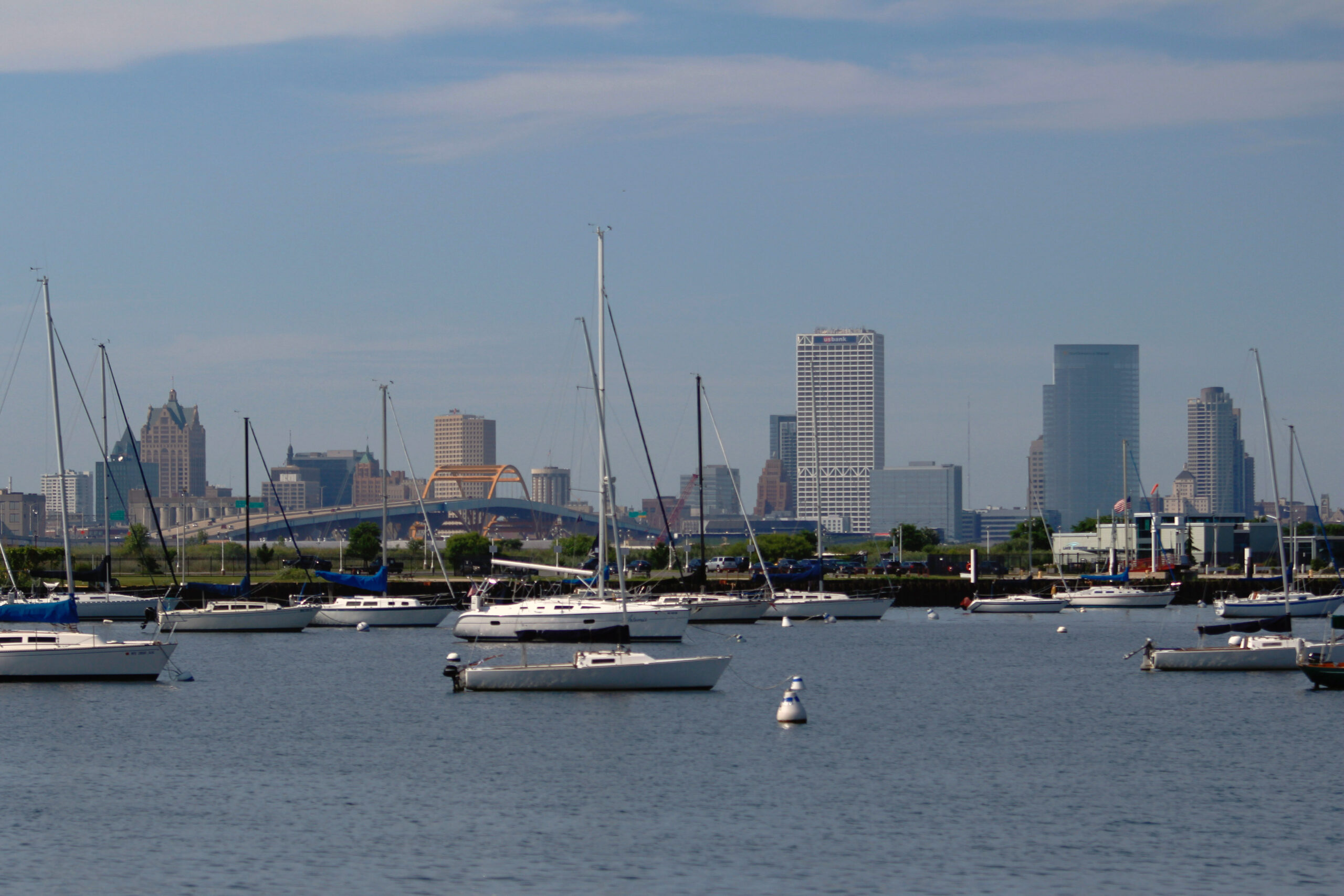
“We will advance this work in ways that none of us, none of us could have done individually,” said DNR Secretary-designee Adam Payne.
The DNR and the EPA worked with more than 20 organizations to form the Waterway Restoration Partnership as part of efforts to clean up the estuary. Demetria Smith serves as chair of its community advisory committee.
“The Milwaukee community has really recognized this opportunity to not only clean up our waterways, but also to strengthen the fabric of our community in the process by providing really intentional pathways to public participation in the process,” Smith said.
Wisconsin Public Radio, © Copyright 2025, Board of Regents of the University of Wisconsin System and Wisconsin Educational Communications Board.

